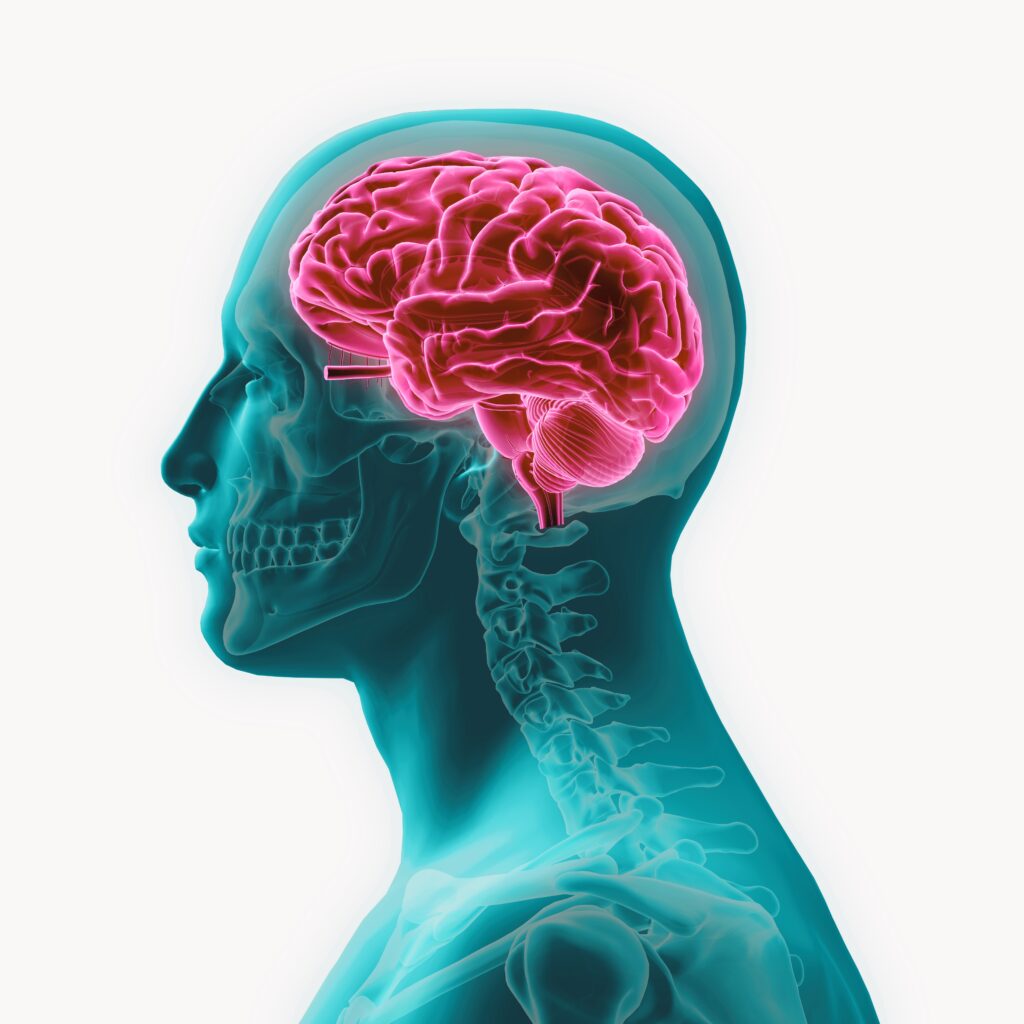Cognitive stimulation therapy (CST) is a non-pharmacological intervention developed to improve cognition of people living with mild cognitive impairment (MCI) and early to mid-stage dementia, including Alzheimer’s Disease. CST was designed in the United Kingdom by Dr. Aimee Spector and several dementia experts following an extensive evaluation of research evidence.
Although early studies were focused on improvements in cognition, including recall, word-finding and verbal comprehension, results of the program have also shown improvements in quality of life, depression, and reduction in behavioral and psychological symptoms of dementia [1].
The underlying physiological mechanism that causes improvement in cognition is yet to be defined. In a research trial whereby CST participants had brain imaging taken before and after the program, several areas of the brain responsible for memory and language, as well as a sense of self and ‘sense-making’ in a social world were more active or “upregulated” after the program [1, 2].
The brain, with or without dementia, is capable of changing in both structure and function. Numerous studies have shown that our brains are capable of adding new neurons to increase grey matter and white matter (through physical exercise) and change activity and function of certain areas of the brain by cognitive stimulation and learning new things. CST studies show that even during brain atrophy (dying off of nerve cells during the course of dementia) it is possible to increase the capability of the remaining neurons.
Wondering if your loved one would be interested in CST?
Each CST session has a theme, such as food, music, current affairs, and childhood. During the session, a certified facilitator guides the participants through mentally stimulating activities that elicit opinions and new ideas about the current topic. There are no right or wrong answers, so people can give their opinion freely in a supportive and engaging environment.
Sessions can be delivered in several formats. When in-person, CST can be delivered to small groups or one-on-one. Sessions can also be held virtually by using teleconferencing software such as Zoom. Virtual cognitive stimulation therapy (vCST) can be delivered in group format or individual one-on-one format.
In terms of formal tests and assessments, people who have completed a program of CST have shown significant improvement in the various cognitive tests including the Mini-Mental State Examination (MMSE), the Alzheimer’s Disease Assessment Scale, cognitive subsection (ADAS-cog), and the behavioral and psychological symptoms of dementia (BPSD) scores [1].
In layman’s terms, the benefits of CST have been observed as follows:
The Quality of Life-Alzheimer’s Disease (QoL-AD) scale allows people to self-assess their mood, memory, relationships, level of participation in fun activities, and independence. When quality of life has been assessed before and after completion of a CST program, participants reported increased scores after CST. Not only are quality of life scores higher for participants after a CST program, but family caregivers also score higher after their loved ones complete a program.
Cognitive training, or brain training, is based on completing repetitive tasks such as pattern detection to increase thinking or processing speed. Today, brain training is often delivered through a computer or phone app and requires the participant to work their way through a video game.
Cognitive stimulation therapy, however, is not based on repetitive tasks, but instead on asking people their opinions on presented topics in order to generate new thoughts and ideas. Although there are cognitive stimulation therapy phone apps, CST is most often delivered by a human in an interactive and supportive environment. For those who are seeking human interaction, CST may be the preferred option for improving cognition.
The key principles of cognitive stimulation therapy are:
Yes, cognitive stimulation therapy has been researched and trialled for over 20 years. The benefits of CST have been documented in numerous scientific papers, some referenced below this article.
A cognitive stimulation therapy program usually consists of 14 sessions (about 45-50 minutes long), held twice per week for seven weeks.



Learn about Cognitive Health